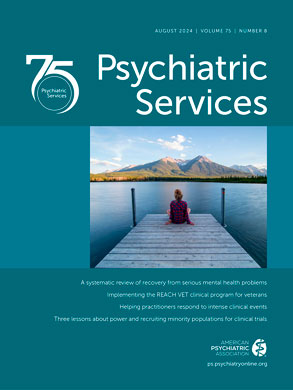Most of us are aware of the grim statistics. Someone dies by suicide in the United States every 17 minutes, for a total each year of more than 30,000. Few of us, however, are aware that 57 percent of those who kill themselves do so with a gun. This group includes about 60 percent of suicides of persons aged 25 years or under and 70 percent of those aged 26 or older.
We have learned a great deal about those most likely to take their own lives. Males are more likely than females to kill themselves, with the highest rates among men over 65. The risk of suicide is about 20 percent among persons who have bipolar disorder and 15 percent among those with major depression.
Hopelessness more than depression predicts suicide. People who commit suicide do not want to die—they simply want to end the pain. Although personal and family history are long-term risk factors for suicide, indicators of immediate danger are agitation, mounting anxiety, anger, substance abuse, and impulsivity. Decreased brain serotonin levels, particularly in the prefrontal cortex, regardless of diagnosis, are associated with violent, impulsive, unpredictable suicides.
If we understand as much as we do, why are we not seeing a more dramatic decrease in suicide rates in this country? First, only about a third of persons who have depression receive diagnoses and appropriate treatment. Seeking help for depression still involves stigma, and patients and their primary care physicians often fail to recognize depression. Even when affective illness is diagnosed, the treatment provided is often inadequate. Second, we have done little or nothing to limit access to lethal weapons.
Sherman and her colleagues are to be applauded for providing, in this issue of Psychiatric Services, a model of firearms risk management in populations most vulnerable to self-inflicted death. Although this is not the same as much-needed gun-control legislation, it is a major step forward in giving mental health professionals a plan that can reduce loss of life to suicide. Suicidal individuals who have access to guns are at the greatest risk of impulsive, unpredictable suicide. The effect of gun control was forcibly brought to me recently when a nonphysician colleague asked me to provide psychopharmacologic consultation for a young man whose engagement to be married had been abruptly terminated. He had thought of killing himself the previous week and had gone to a sporting goods store to buy a gun. I asked whether he had purchased one. He looked at me disappointedly and said, "No—in New York State it takes six months to get a license… a lot of good that does!" That man is alive today, getting treatment, and doing better because some members of the community cared enough to legislate to limit access to firearms.

